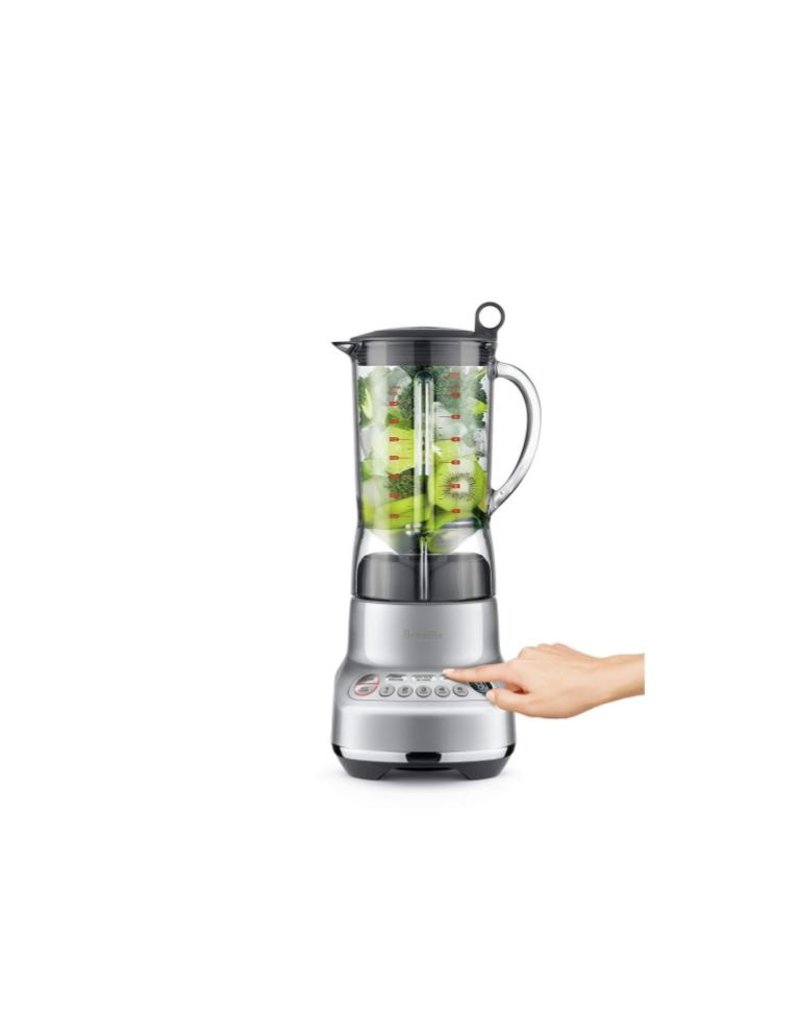A blender is an absolute necessity for every kitchen. Not only can they be used to make a variety of blended drinks, but they can also be used to mix ingredients, chop vegetables, and grate foods. If you are considering buying a new blender but need a little extra help than you have come to the right place. Throughout this article we will discuss different features that you may wish to consider when selecting the right blender for you.
The first thing to consider when purchasing a new blender is the size and material of the blending jar. Blenders often vary in capacity, holding anywhere from 1 litre to 3 litres. They can be made of plastic, glass, or stainless steel. Let us examine the difference between the three. Plastic blenders are often a popular choice because they are unbreakable, durable, and scratch resistant. They also allow you to view the blending process through the plastic container. Like plastic blenders, glass ones also allow you to view the blending process. Glass blenders are an attractive option because they are heavier and therefore sturdier than plastic blenders. They are, however, more breakable and expensive as well. The most durable of all blenders is the stainless steel blender. The only downfall of this blender type is that you cannot view the blending as it is occurring.
As said previously, a blender can be used for much more than mixing drinks. It can also be used for blending ingredients, crushing ice, and grating foods. When selecting a blender always look for extra features that may be of use to you. If you will only be using the blender for light jobs, such as mixing drinks, than a standard blender may be a good choice for you. If, however, you will be using the blender for tougher jobs, such as crushing ice and grating foods, than you may wish to select a blender in which crushing and grating are mode options.
Also, depending on what you will be using your blender for, consider the power and speed of the blender. Smaller blenders will have a wattage of around 400 watts, whereas a larger model will have approximately 1200 watts. Once again, a larger blender may be a good option for tougher blending tasks, whereas a smaller blender will work fine for lighter tasks. Similarly, blenders with more speed options are best for tougher blending and blenders with few speed options will be sufficient for lighter jobs.
Regardless of how often you will use a blender, they are a necessary appliance for every kitchen. Blenders can help you make smoothies, mix and blend ingredients, and chop foods. When buying a new blender consider the size, features, power, and speed that will work best for your blending needs. If you aren't sure which blender to select, always go with a bigger blender, with more features and speed options. That way, you will always have it available if you should ever need it unexpectedly.

No comments:
Post a Comment